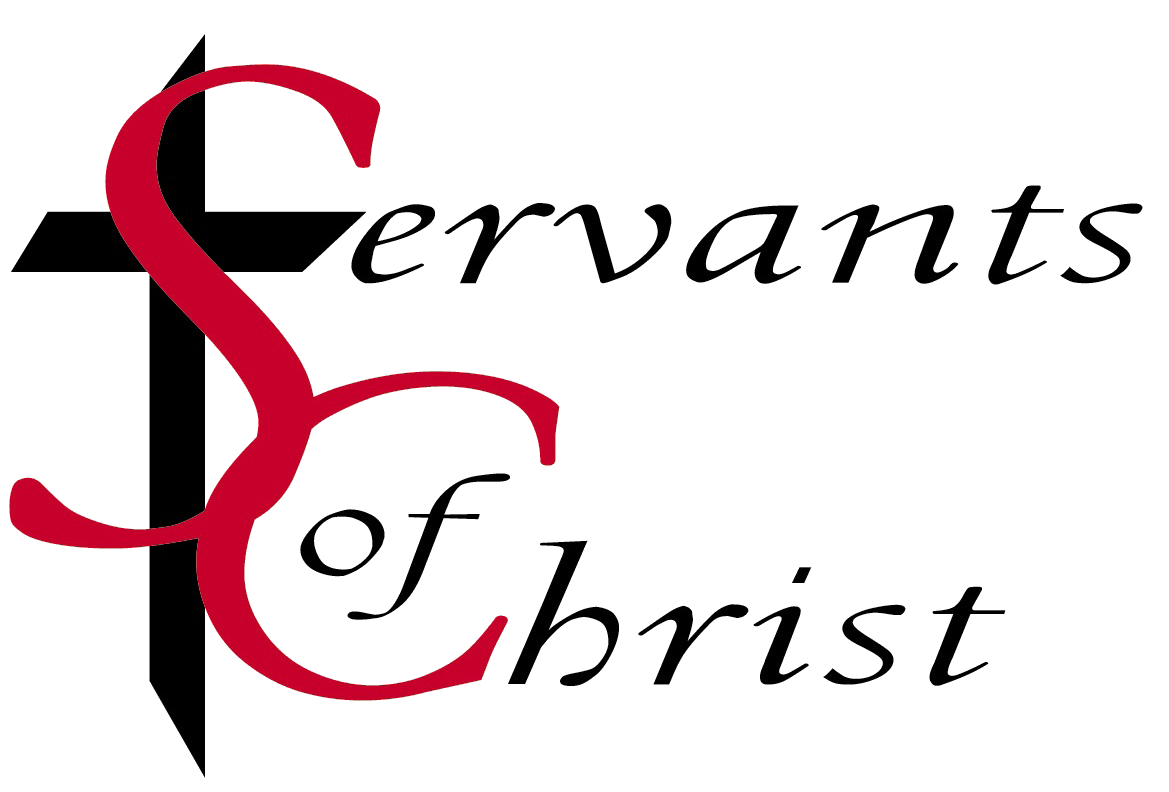Saturday, April 13, 2024 | Trey Comstock
I made three fateful decisions my freshman year of college. I decided to go to Busch Gardens with my friend James and his upperclassmen friends, where I met my future wife. I elected to spend my summer on the Camino de Santiago, where I finally chose to take my faith seriously. And, I chose to take History of Religion in Ancient Israel with Dr. Donald Polaski.
As with all the fateful decisions in that stage of my life, I made the choice flippantly. The College selected me into a leadership program, so I had a better timeslot for selecting classes than other freshmen. I lived in a dorm specifically for that leadership program. Everyone around had the same advantage, and a lot people talked about the popular/difficult to get into classes that they’d have a shot at – including History of Religion in Ancient Israel. It didn’t contribute to my major or cover a required basic class. Prior to that moment, I had shown zero interest in taking a religion class. However, they made it sound like a history class, which I was interested in and held the class in the historic Wren Building, in a classroom where, presumably, Thomas Jefferson (of Declaration of Independence fame) would have also studied. Plus, I might get in when other freshmen couldn’t. I took my shot and got into the class.
Until I got the book list, I had no idea what to expect. Standing in the basement of the campus bookstore, I got my first clue. I had to buy one of the thickest Bibles that I had ever seen – the Oxford Annotated New Revised Standard Version. So, Bible reading would play a key role, but I went to an incredibly secular state university. I had heard of people using the King James Version in British Literature courses, but I had not expected nor wanted Scripture reading to feature anywhere in my curriculum.
It turned out that he course took the Bible seriously, not just as a sacred document but as a historical document. It applied the same level of research, reason, and analysis as historians would with any other multi-thousand year old document that had passed through multiple generations, authors, editors, and translators. It asked questions like, “What can this document tell us about the actual history of a people?” and “What can the actual history of this people tell us about the meaning of this document?” Knowing what I know now, it was a fairly standard, if well taught, Old Testament survey class with a focus on historical criticism. However, in the Spring of 2006, I had no idea that such things existed, and Dr. Polaski unfurled an entirely new universe for me. Also, he pushed me to use fewer “to be” verbs in my writing, for which I continue to curse him.
In that class, something finally clicked for me. I developed an actual hunger for Scripture. Before that, Bible reading felt like one of those obligations that I seldom got around, below laundry and above cleaning out the junk from the bottom of my messenger bag or flossing. They kept telling me that much of life’s answers lay in this book. I heard it read in church and youth group. I owned a few Bibles and tried taking one with me on every trip, as if the having of a Bible would suddenly prove useful. It never did. People sure could quote it. Some of the stories seemed cool. I knew phrases like, “the Word of God” or “Basic Instructions Before Living Earth,” but Scripture didn’t feel special to me. Then, in knowing how it came together, in seeing the hands of generations of God fearing people faithfully trying to explain their experiences with the divine, in recognizing the complicated set of tool marks connecting me to real humans grasping for God, I got it. I heard their voices, and I still do. Dr. Polaski showed me the people who wrote the Bible not just the deity that they wrote about.
We get this image in Luke 24 of Jesus opening the Disciples’ minds to understand the Scripture about him. They had all lived in a world in more filled with Scripture than my mainline Christian upbringing. They didn’t live in a world filled with books. They might have only had The Book, on scrolls, kept in special places in their communities. Jesus held the key for making it come alive for them, for putting the pieces together, to see how God had woven in the coming and now arrived and resurrected Messiah into its stories, rules and prophecies. Gaining that insight helped propel them into their ministry journeys. On Pentecost day, reported in Acts 2, Peter does the same thing for the assembled crowd. He gives the story of Scripture and its connection to Christ in miniature. We see what these post-Resurrection lessons from Jesus unlocked in him.
I resonate with that. Having Scripture unlocked for me, on the second floor of the Wren Building, in a classroom with a sign on the door reading, “Not a tourist area,” propelled me here. It was one of the missing pieces that helped me accept my call a few months later. I’ve spent a lot of my life trying to convey the power of Scripture to others.
The words of Scripture contain amazing power, but I know all too well that simply being told doesn’t always accomplish very much. I only found out by accident because I could get into a popular class in a historic building. You need to hear that voice for yourself. For the Disciples, they had the literal, walking, talking Word of God interpreting that for them. For me, a particularly engaging professor of religious studies served as my stand in. This book that we’ve received does contain a piece of divine power, but this Scriptural power does fall under the category of things that we must seek for ourselves. It’s there. Keep reading.

